Bienvenue dans les Baronnies provençales !
Straddling the Auvergne-Rhône-Alpes and South-Provence-Alpes-Côte d'Azur Regions, the Regional Natural Park of the Provençal Baronnies stretches over a massif between Drôme and Hautes-Alpes. At the crossroads of Alpine and Provençal influences, the Baronnies of Provence are imbued with the presence of men and women who knew how to make the best of it.
Living space, this exceptional place with preserved nature is recognized at the national level for its rich soil, its unique landscapes, its built heritage (dry stone terraces, perched villages) and emblematic agricultural (orchards, olive groves, linden, lavender, thyme, rosemary ...) as well as for its remarkable geology and biodiversity.
Adoptons ensemble les bonnes pratiques en milieu naturel
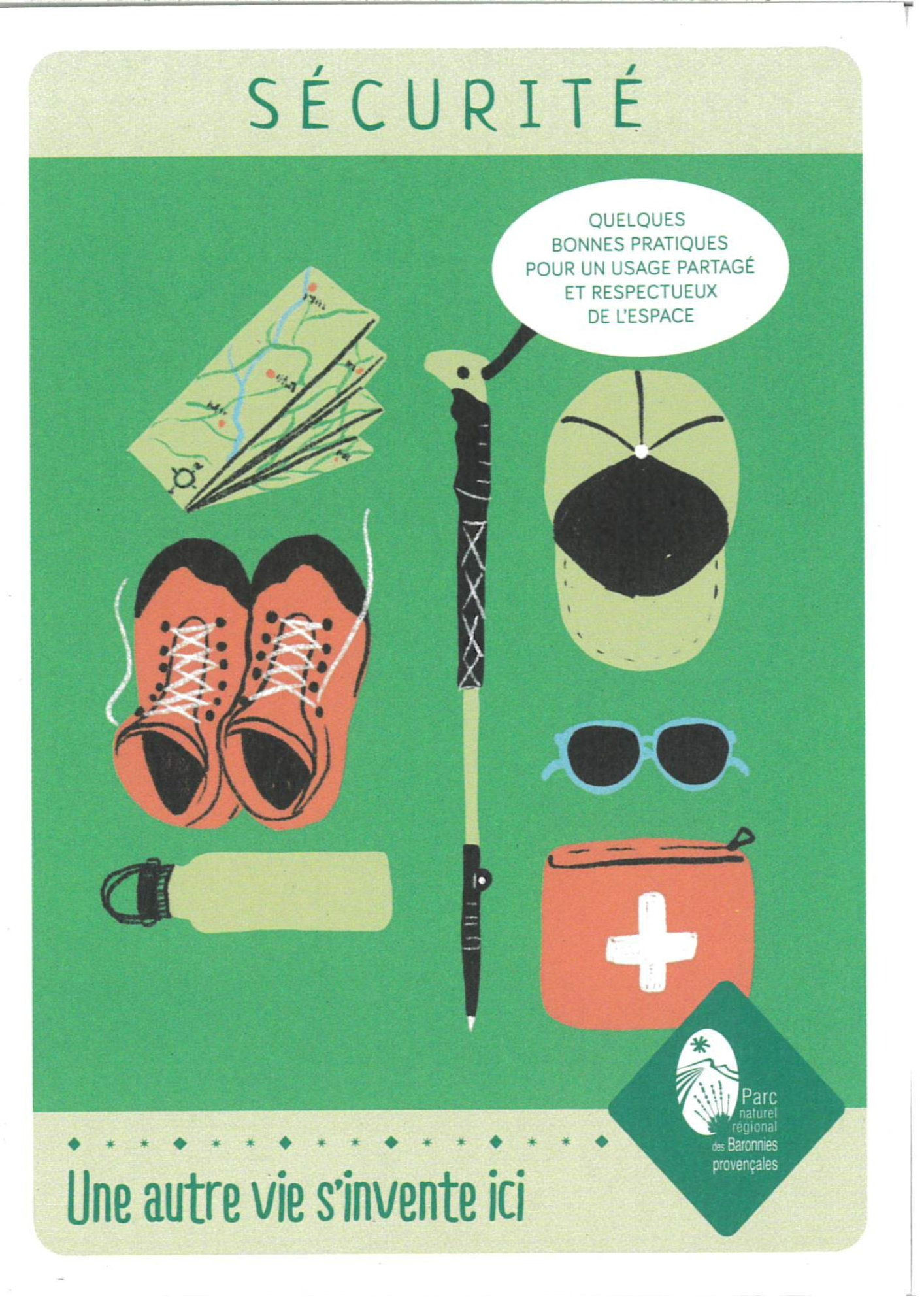
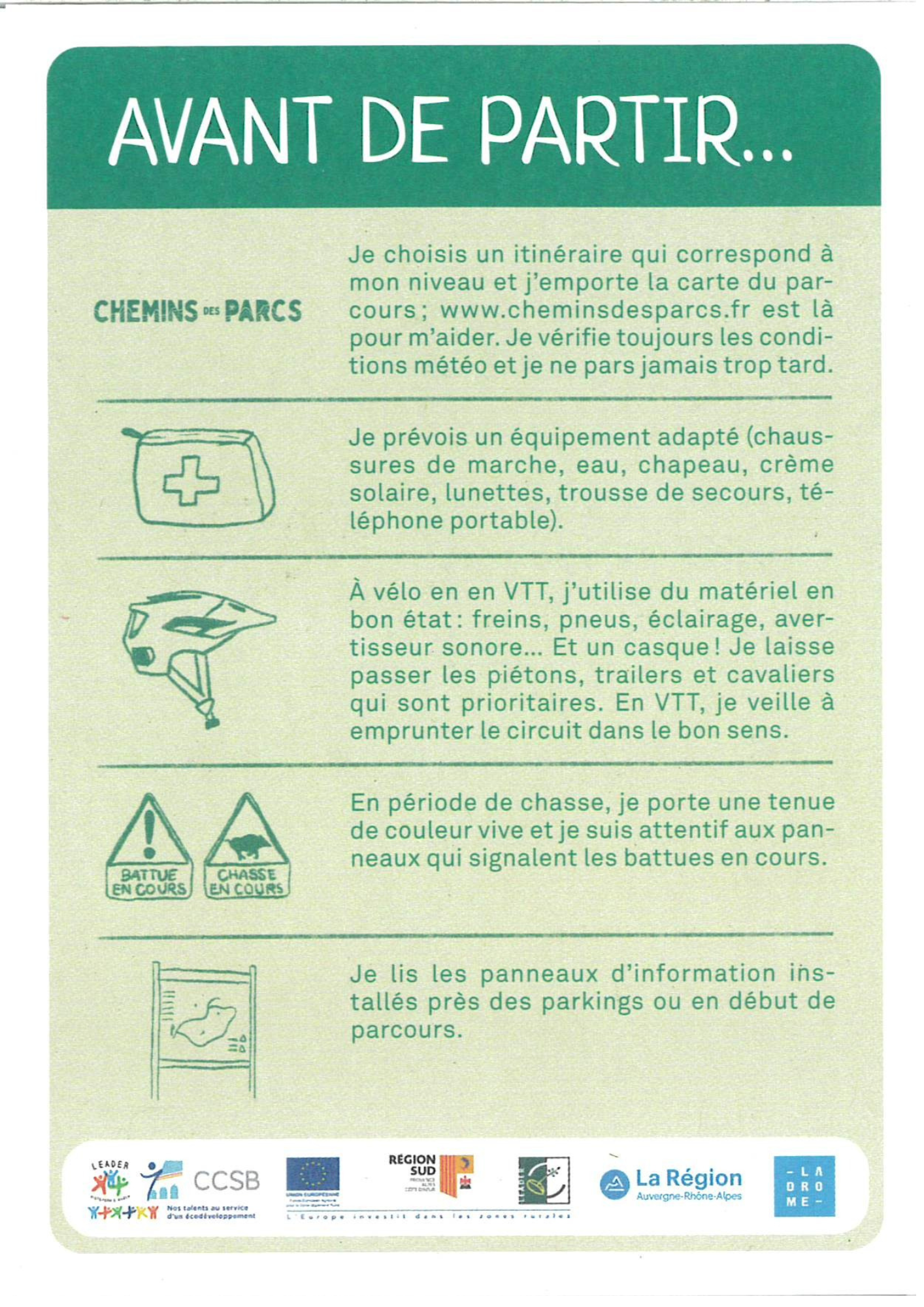
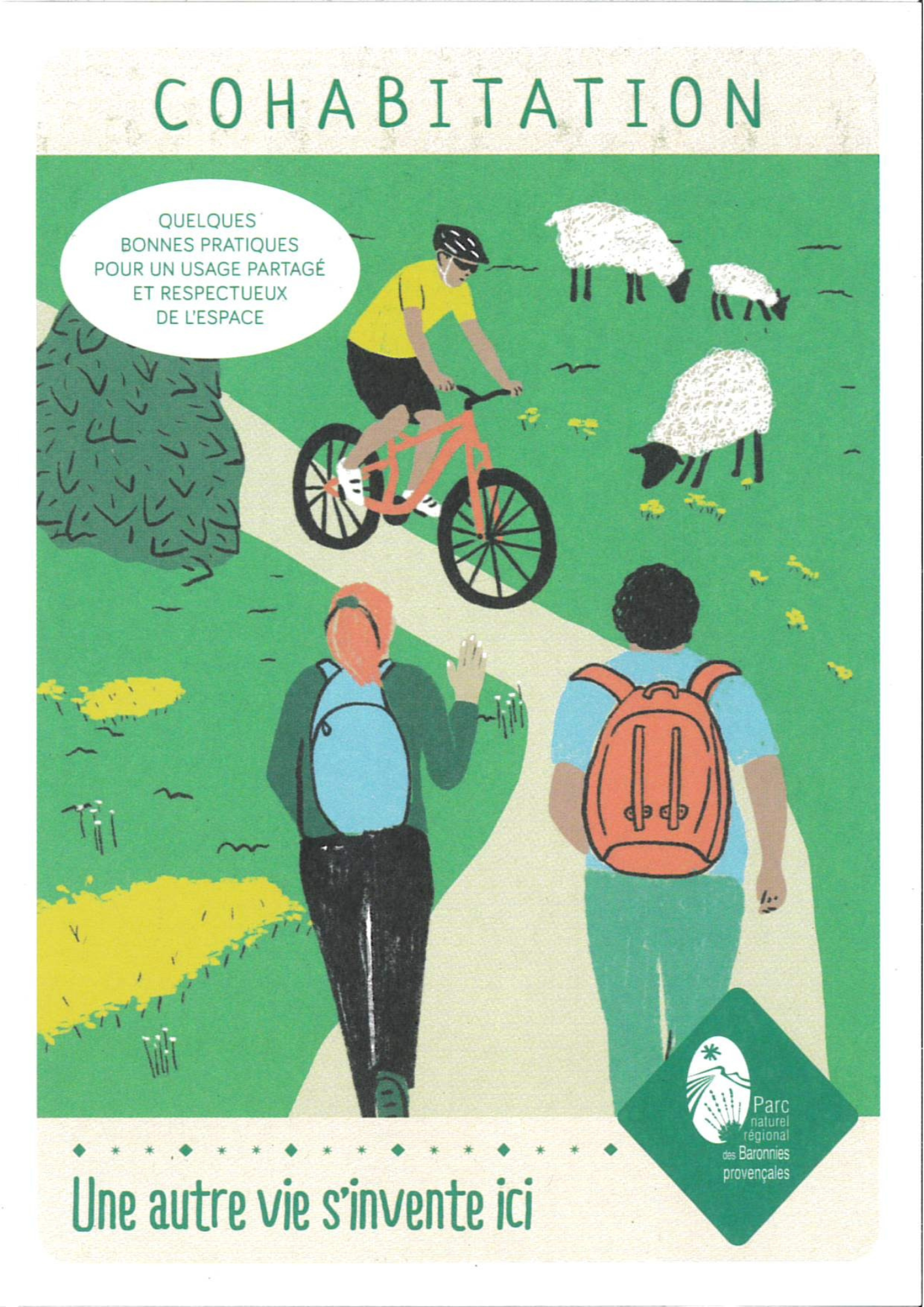
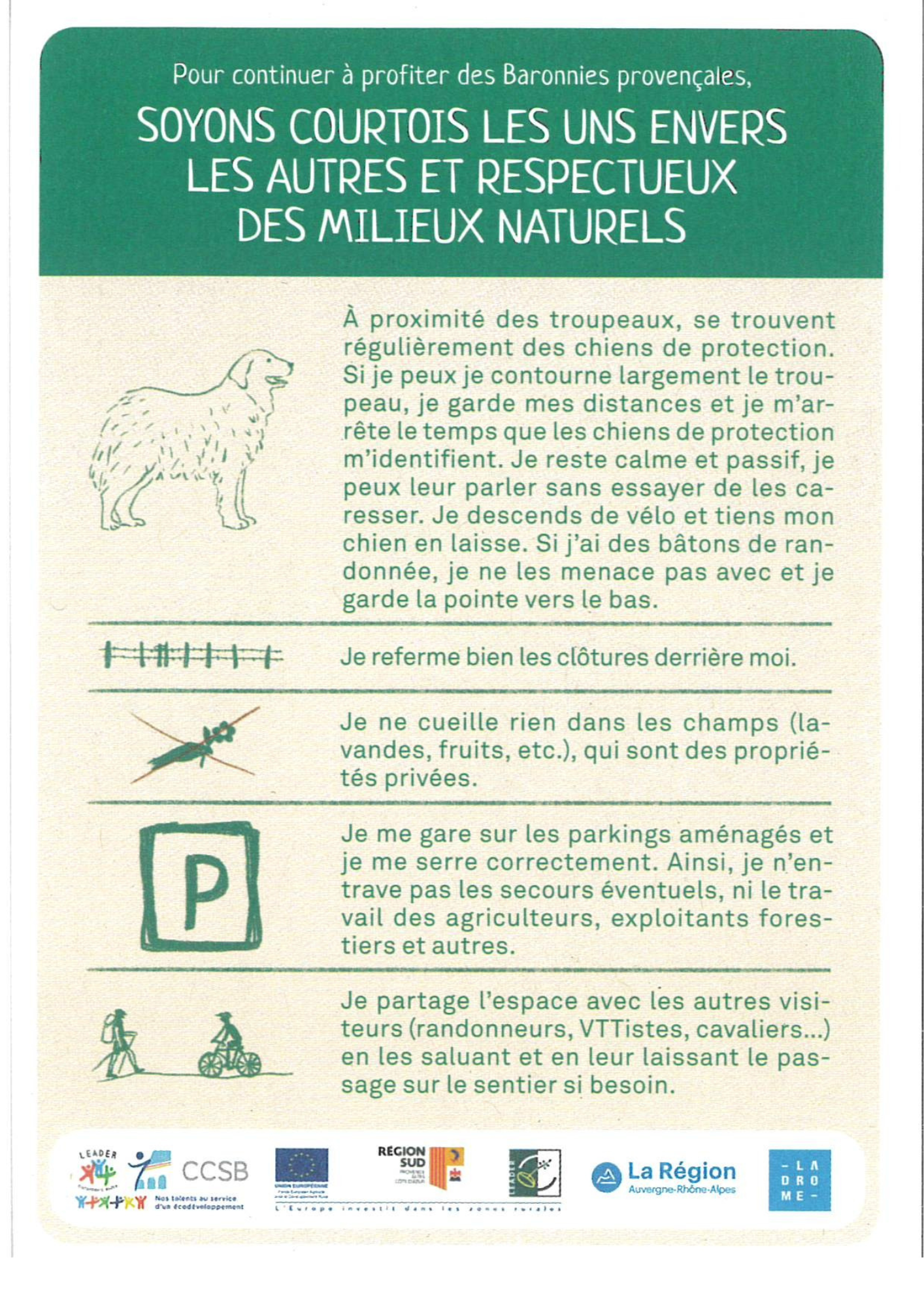
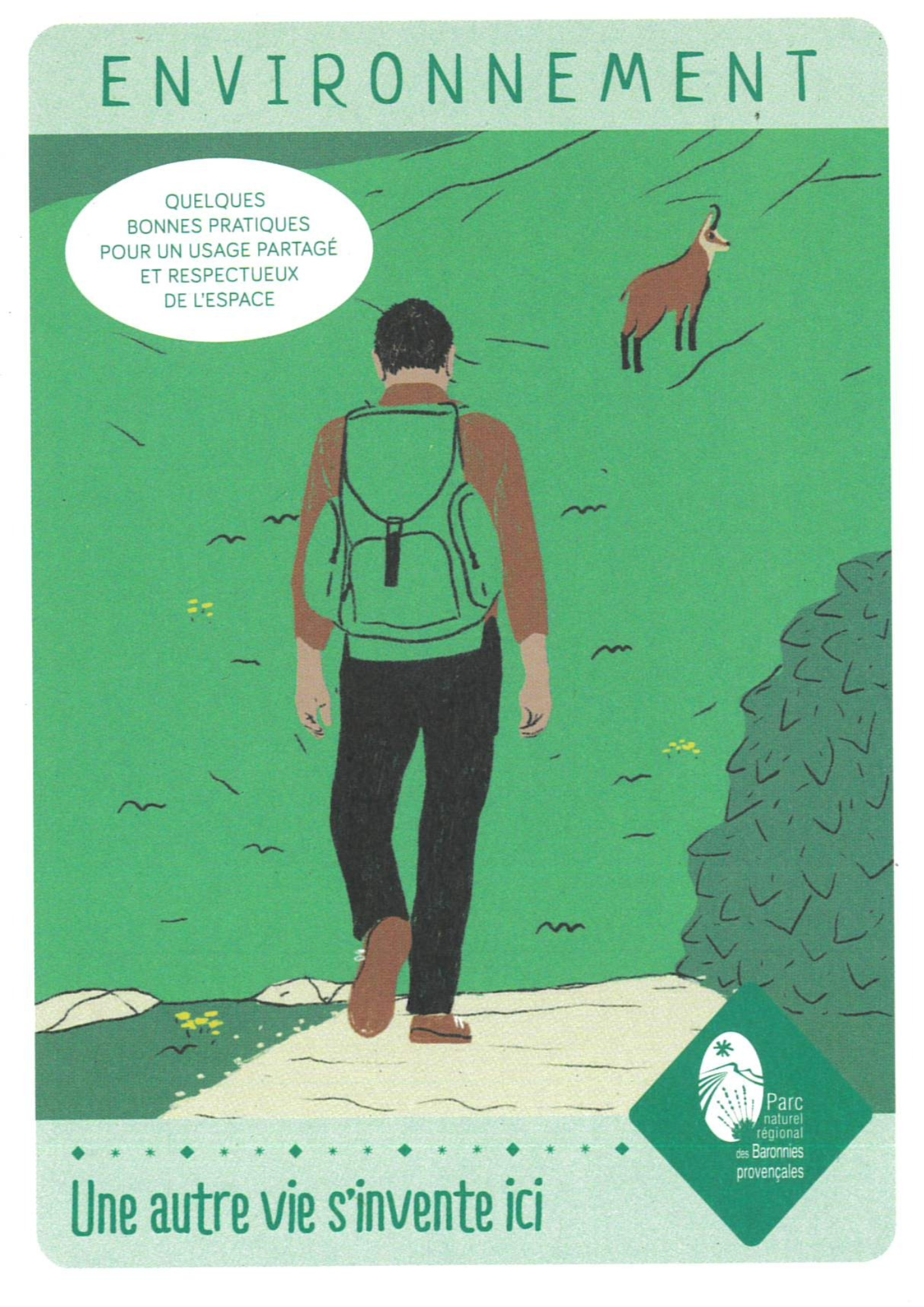
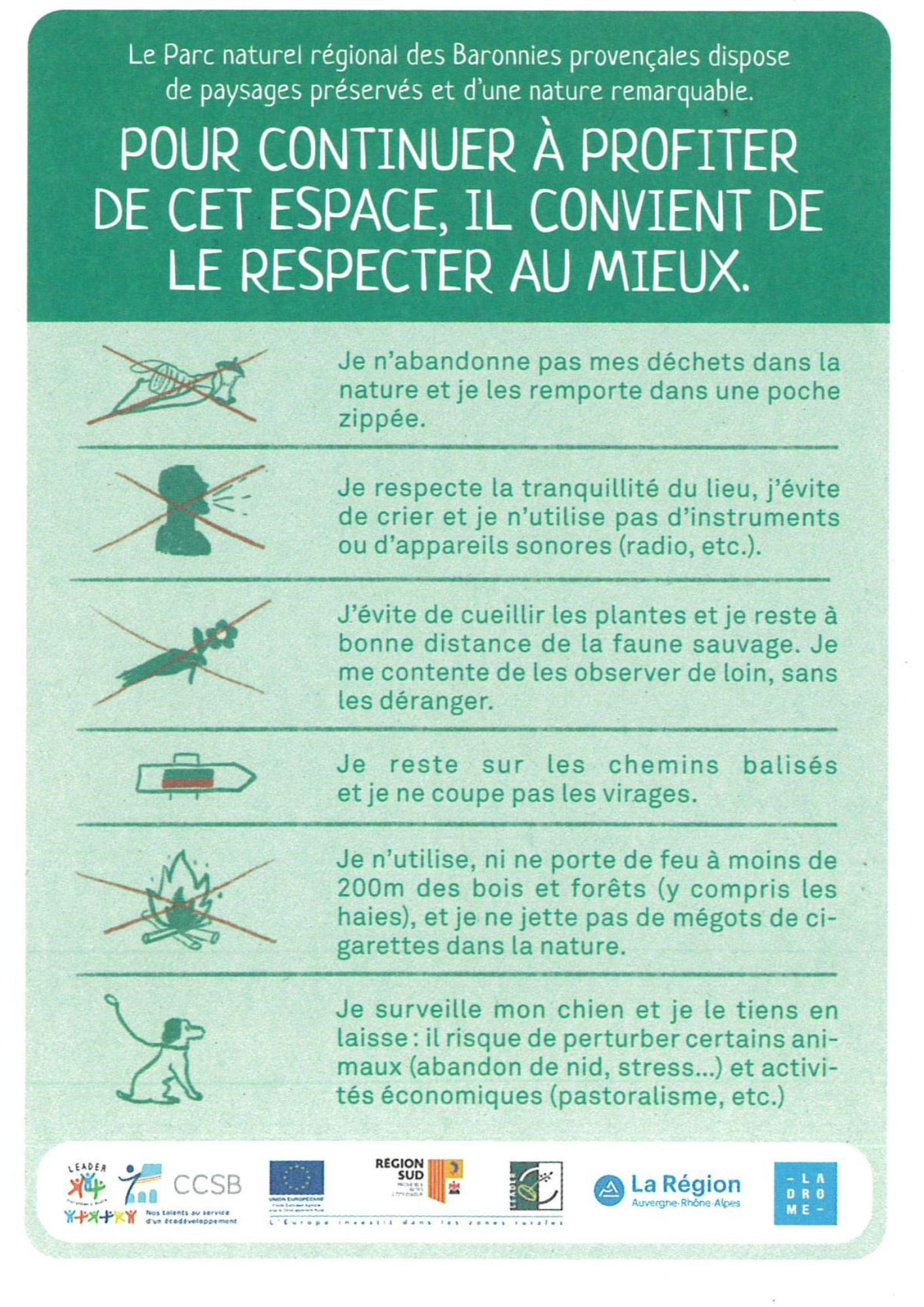
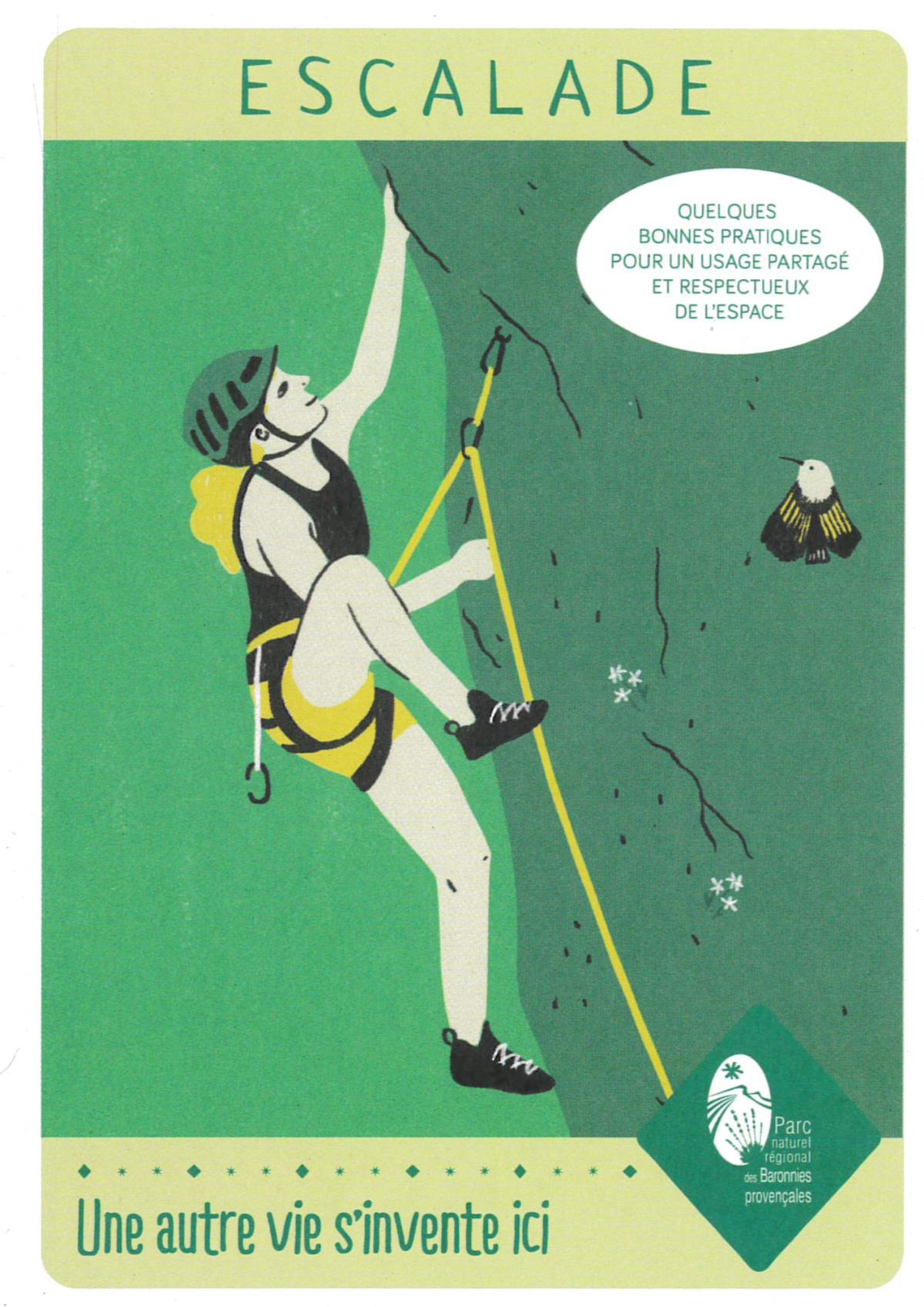
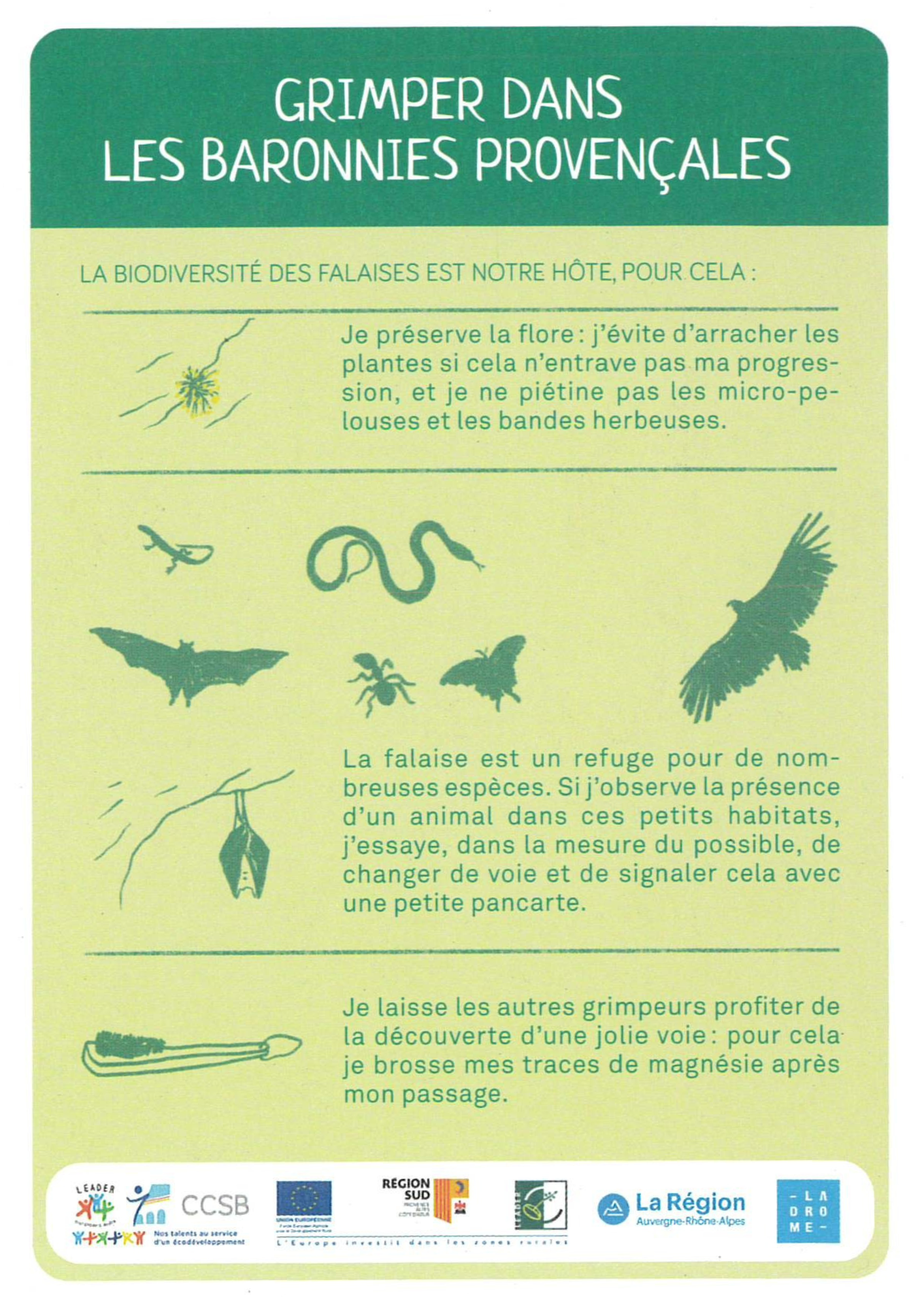
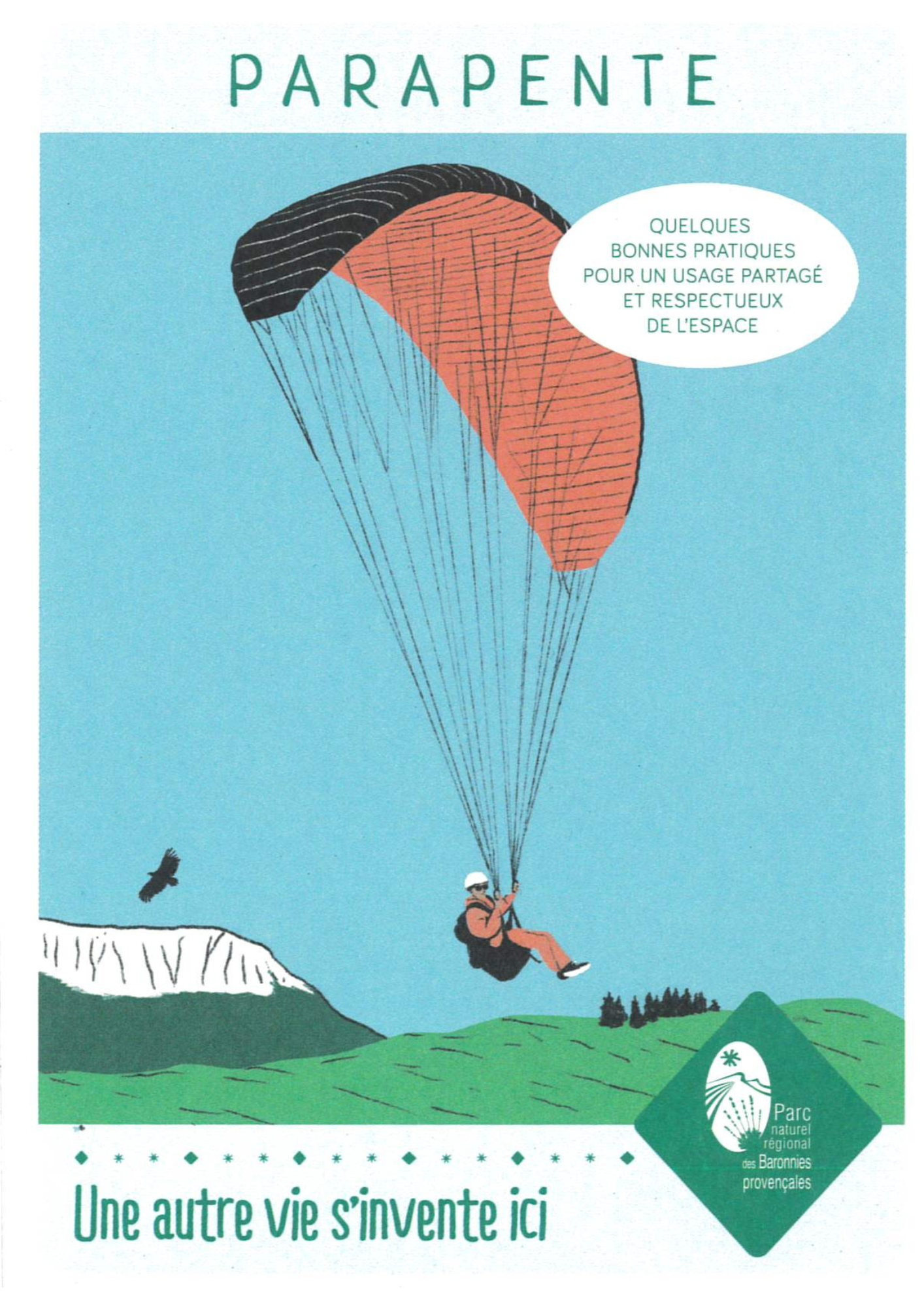
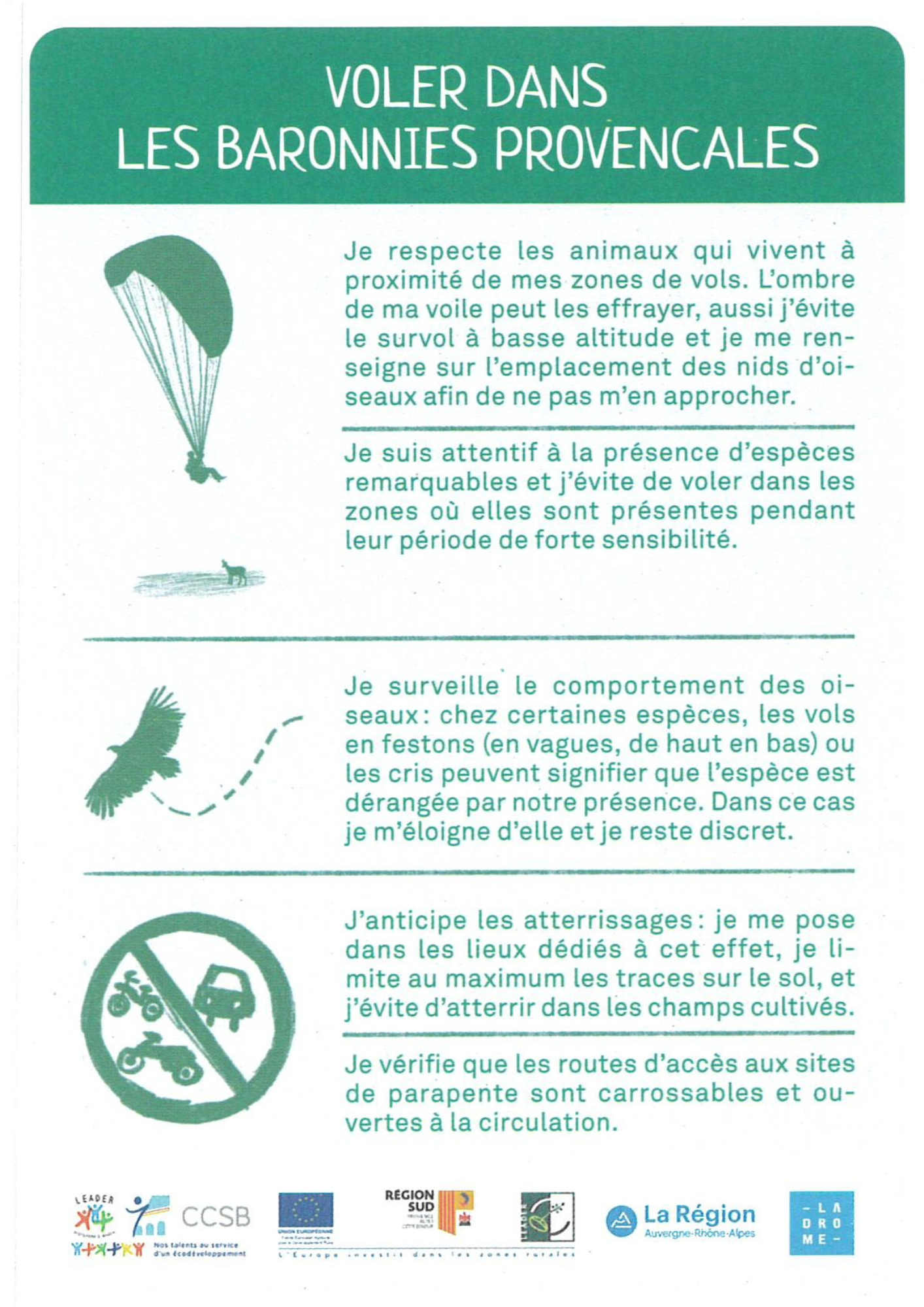
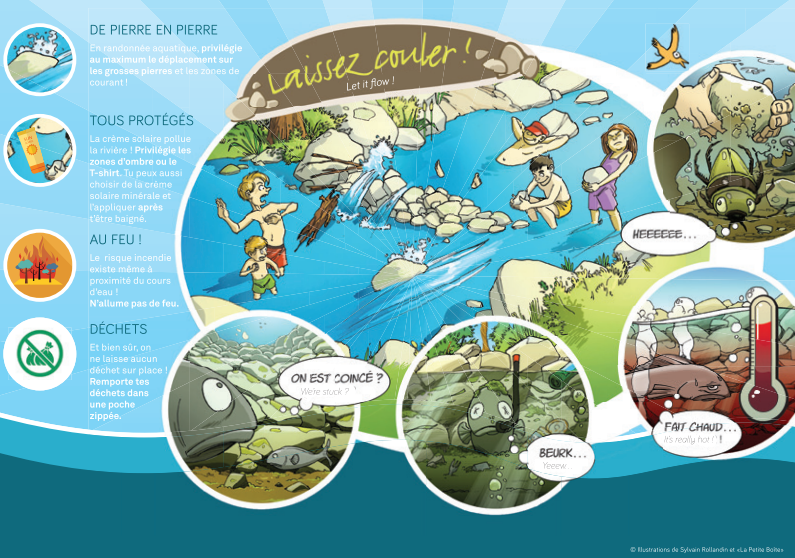
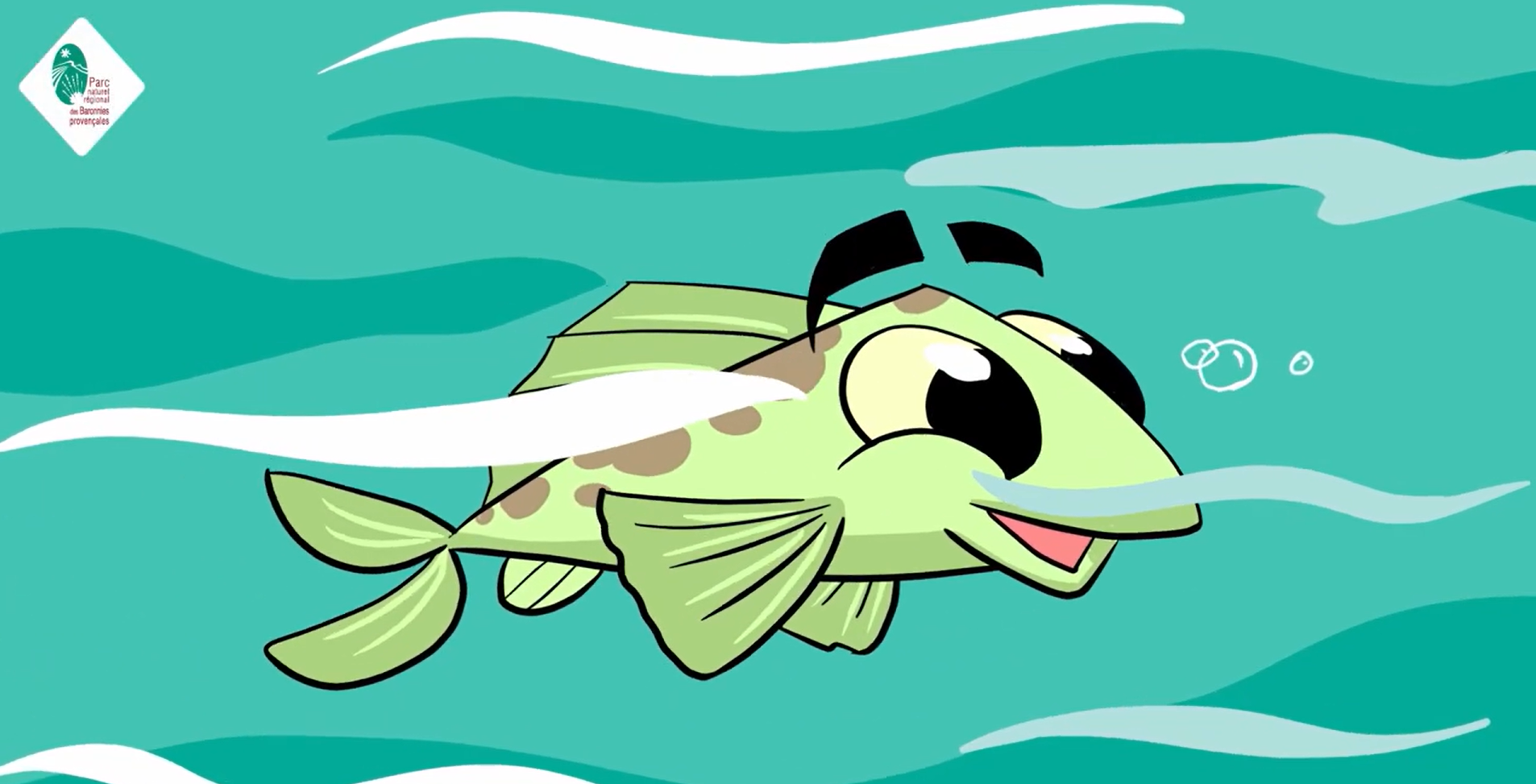
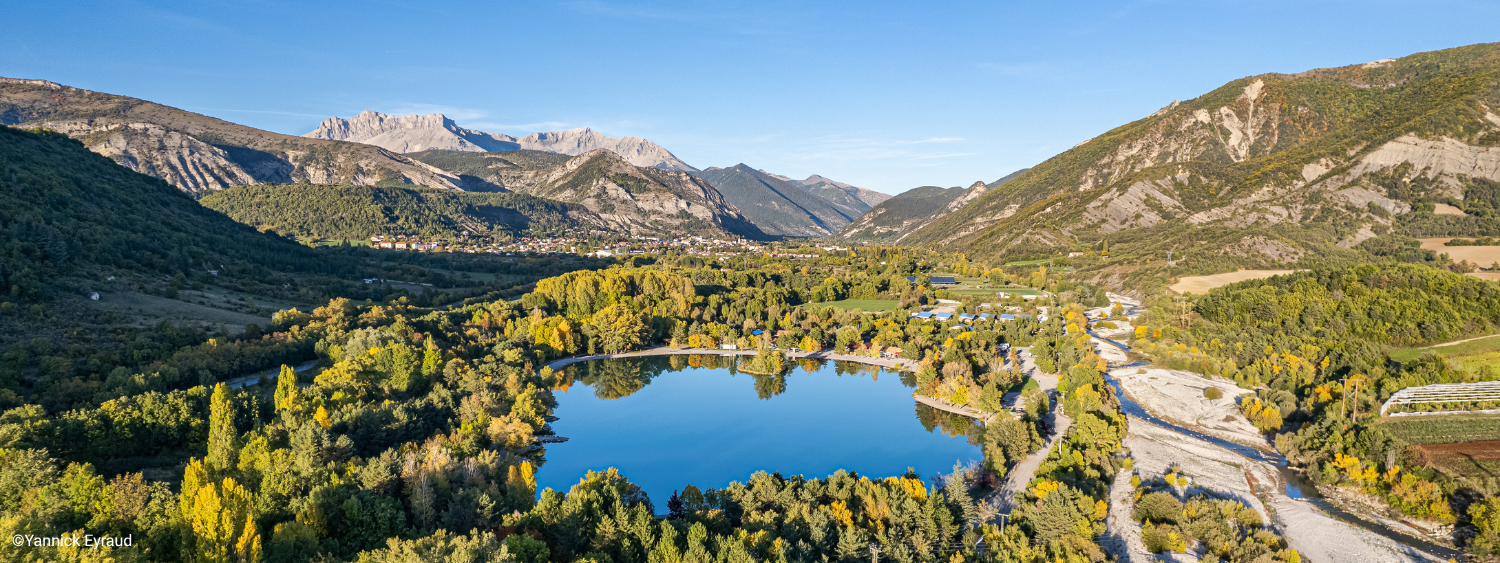
Veynes, trait d’union entre Gap et Laragne-Montéglin
Un peu d'histoire
Historically, because of its geographical location, Veynes has always been a place of passage. In Roman times, Davianum was a stage on the Roman road between the main road domitian Vapincum (Gap) and west, the axes joining the Rhone Valley via Die to Valencia and on the other hand, Vaison -the-Romaine and Orange. A "Roman road" is still visible above the east entrance of Veynes. Veynes, known for its rich railroad history, has been the focal point for rail traffic in the Southern Alps. Thanks to Adrien Ruelle, then engineer and director of the construction of Paris Lyon Méditerranée, the train arrives in Veynes in 1875, the station then becomes "the railway star of Veynes". In 1999, the Écomusée du Cheminot Veynois, presenting six exhibition halls, a garden and tracing history opens its doors. To discover also, the small museum of costume and trades of yesteryear that brings together a nice collection.
The seasons, meanwhile, are punctuated by many events: village festival, corso, concerts, shows offered thanks to the rich associative fabric of the city. From the summer season, it is around the Iscles lake that we meet with family or friends.




